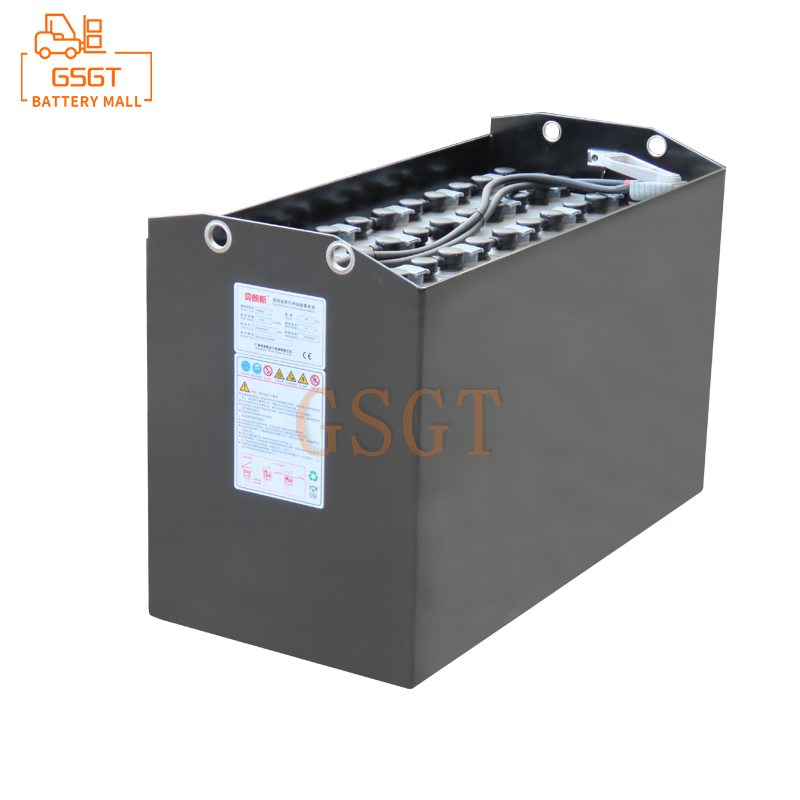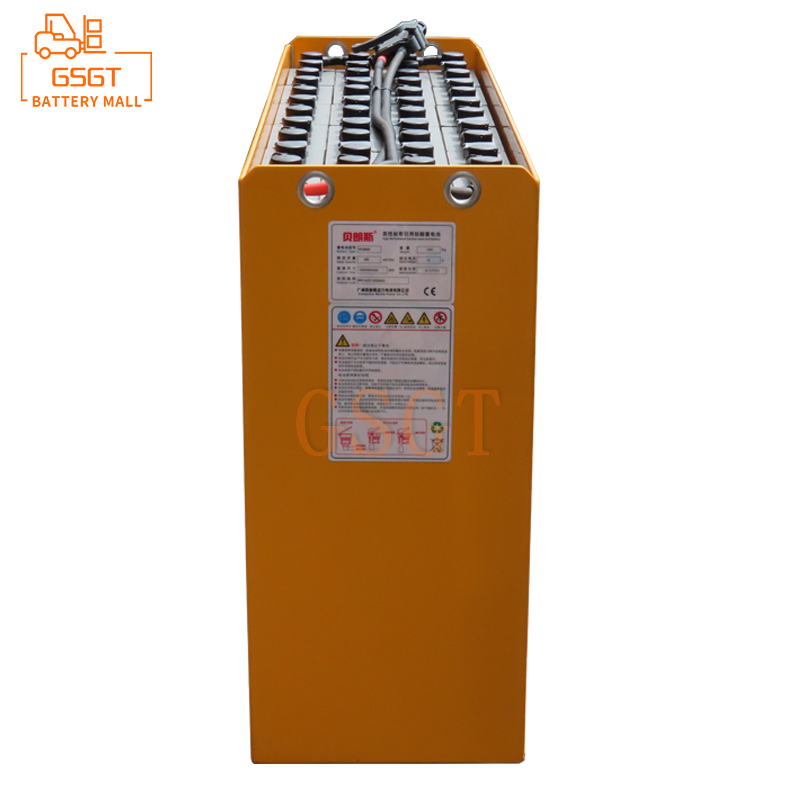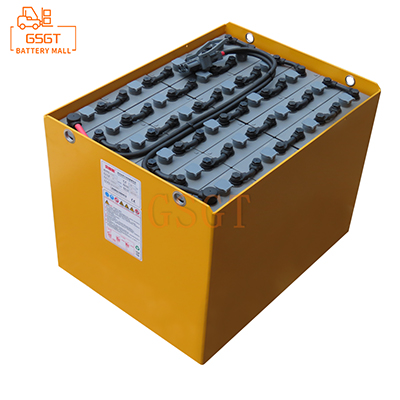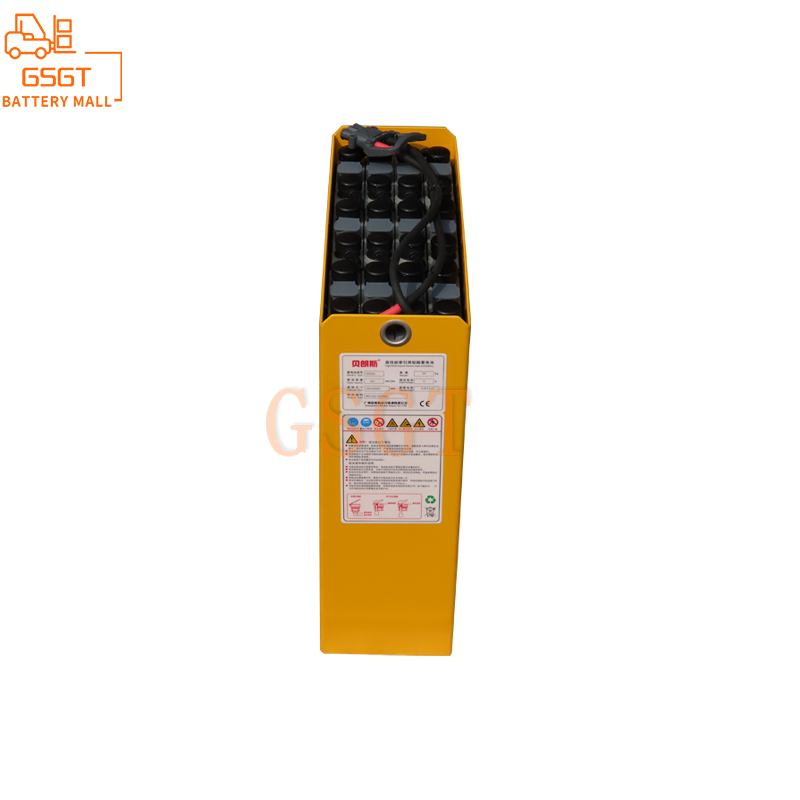Time:2025-03-15 10:06:41
Browse:224
In the field of energy storage, lead-acid batteries with its low cost, high safety, wide applicability and other advantages, have long occupied an important position, from the starting power of automobiles to the energy storage unit of renewable energy systems, lead-acid batteries can be seen everywhere. However, its low energy density has always been like a difficult barrier to cross, limiting its further expansion in application scenarios that require severe battery life and space compactness. But with the rise of carbon additive technology, this dilemma is expected to usher in a breakthrough.
The working principle of the lead-acid battery is based on the electrochemical reaction between the positive and negative active substances and the sulfuric acid electrolyte. The negative electrode of the traditional lead-acid battery is mainly composed of lead, and in the process of charge and discharge, the negative electrode reacts as lead loses electrons to produce lead sulfate. However, this process is prone to lead sulfate crystallization, resulting in reduced electrode activity and battery capacity attenuation. The addition of carbon additives, like to the lead-acid battery "chemical reaction stage" to bring a new "actor", can significantly change the reaction dynamics and structural characteristics of the battery.
There are a wide variety of carbon materials, such as graphite, activated carbon, carbon nanotubes and graphene, each of which has unique physical and chemical properties, which provides a diverse choice for its application in lead-acid batteries. Graphite, with a regular structure and good electrical conductivity, can be added to the negative electrode material as an additive to effectively improve the electron transport path, so that electrons can move more smoothly in the electrode. This is like widening the main road of urban traffic, the vehicle (electronic) traffic efficiency is greatly improved, reducing the internal resistance of the battery, thus improving the charge and discharge efficiency. In some applications, after the addition of graphite additives, the performance of lead-acid batteries at high rate charge and discharge is significantly improved, the charging time is greatly shortened, and the discharge can also provide a more stable and strong current output.
Activated carbon, by virtue of its high specific surface area, becomes the "adsorption expert" in lead-acid batteries. Inside the battery, it can adsorb impurity ions in the electrolyte, reduce the interference of these impurities on the electrode reaction, and also promote the uniform distribution of sulfate ions on the electrode surface. This helps to make the electrode active substance participate in the reaction more fully and evenly during the charging and discharging process, reduce the excessive accumulation of local lead sulfate, and inhibit the electrode passivation phenomenon. Taking part of the experimental data as an example, using the lead-acid battery with activated carbon, after several charge and discharge cycles, the capacity retention rate is increased by 10%-15% compared with that without adding, which greatly extends the service life of the battery.
Carbon nanotubes and graphene, as outstanding representatives of new carbon materials, have brought great potential to increase the energy density of lead-acid batteries. Carbon nanotubes have excellent mechanical and electrical properties, which can be used to construct a three-dimensional conductive network in the negative electrode material of lead-acid batteries like "rebar". This unique network structure not only enhances the overall strength of the electrode material, preventing it from pulverizing due to volume changes during charge and discharge, but also greatly increases the contact area between the active substance and the electrolyte, providing more "reaction sites" for electrochemical reactions. Studies have shown that the energy density of lead-acid batteries with a small amount of carbon nanotubes can be increased by 8%-10%, which shows good development prospects in some light electric vehicle applications with high battery weight and energy requirements.
Graphene, known as the "king of materials", has a two-dimensional planar structure with a single atomic layer, and its electrical conductivity, thermal conductivity and mechanical properties are excellent. In lead-acid batteries, graphene can be combined with lead anode materials as an additive to further optimize the battery's electrical conductivity with its ultra-high electron mobility. At the same time, the two-dimensional structure of graphene can effectively prevent the growth and agglomeration of lead sulfate crystals, and maintain the stability of the electrode structure. Experiments show that lead-acid batteries containing graphene additives, on the basis of maintaining the original safety performance, the energy density is expected to break through the limitations of traditional lead-acid batteries, reaching or even exceeding the energy density level of some nickel-metal hydride batteries, which provides the possibility for lead-acid batteries to compete with other battery technologies in a wider range of fields.
Although the carbon additive technology has brought many hopes for the improvement of the energy density of lead-acid batteries, the technology still faces some challenges. On the one hand, the compatibility of carbon materials and other components in the lead-acid battery system has not been completely solved, in the long-term use of the process, there may be separation of carbon materials and active substances, electrolyte corrosion of carbon materials, etc., affecting the stability of battery performance. On the other hand, the preparation process complexity and cost of different carbon additives vary greatly, such as high-quality carbon nanotubes and graphene preparation costs are high, large-scale application in lead-acid batteries will significantly increase the battery production cost, limiting its market promotion.
However, researchers are actively engaged in solving these problems. Through surface modification technology, the surface of carbon material is modified to make it better integrated with the lead-acid battery system and enhance the compatibility; At the same time, we continue to explore new carbon material preparation processes to reduce production costs and improve production efficiency. With the deepening of research and continuous progress of technology, carbon additive technology is expected to gradually overcome these obstacles and truly become the "golden key" to open the energy density bottleneck of lead-acid batteries.
In the future, if carbon additive technology can successfully achieve industrial application and continue to improve, lead-acid batteries will usher in a leap in performance. It may further consolidate its position in the field of energy storage, helping the efficient storage and stable output of renewable energy such as solar and wind energy; In the field of transportation, to provide more durable and efficient power support for low-speed electric vehicles, electric forklifts, etc., to promote the development of green logistics and short-distance travel; It even plays a greater role in some emerging fields, such as distributed microgrids and backup power supplies for smart grids. Carbon additive technology is leading lead-acid batteries to a new stage of development, bringing new vitality and change to the field of energy storage.

$2450

$3810

$3405

$1270

MESSAGE
Professional And Efficient
Security
Affordable Price
Professional Services